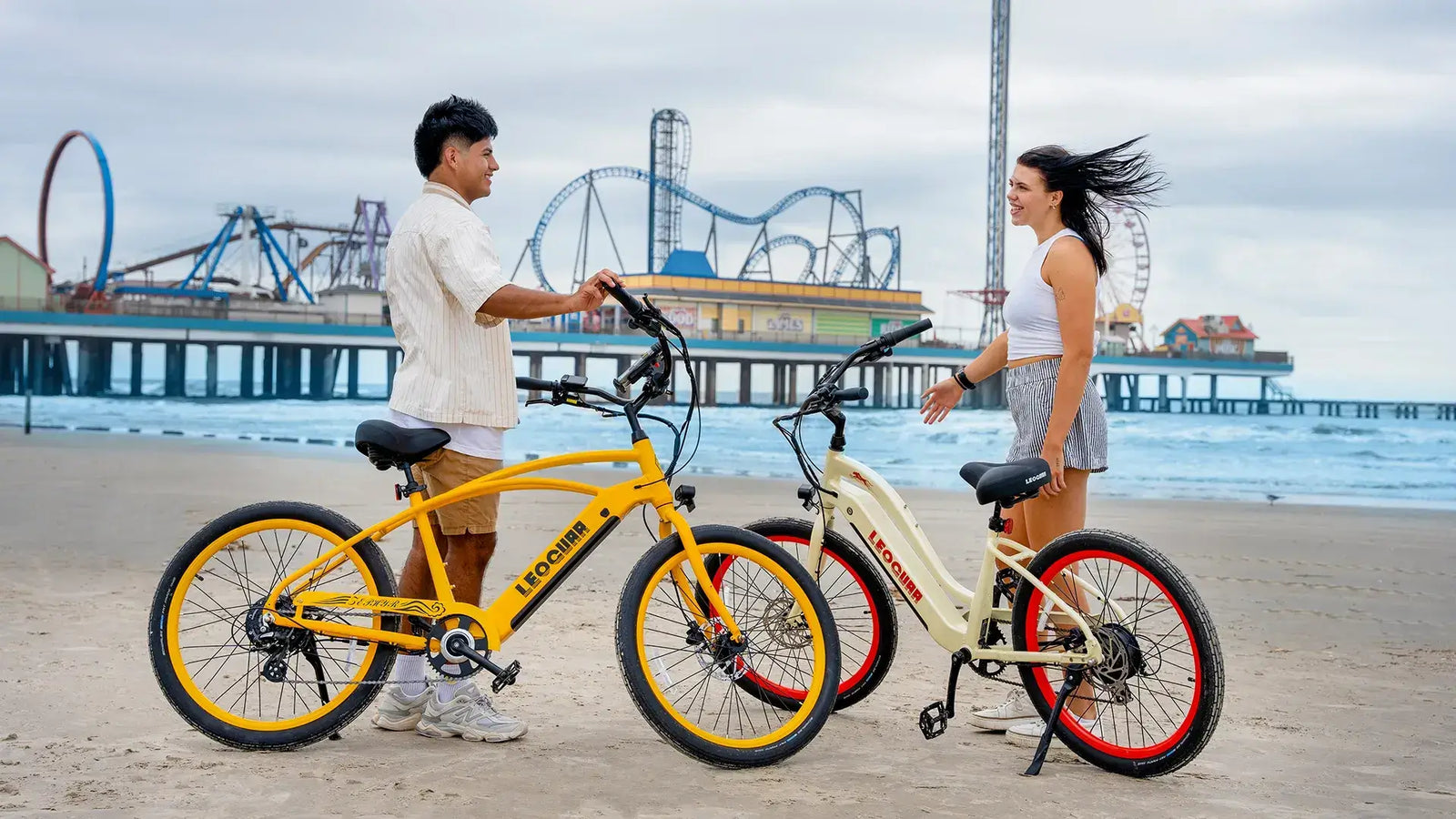
How ANSYS Helps Test Electric Bike Frame Strength?
Why Frame Strength Matters in Electric Bikes
Electric bikes are becoming more popular around the world because they’re eco-friendly, convenient, and affordable. But unlike regular bikes, electric bikes carry extra weight from the motor and battery, and they also deal with more shaking and impact during rides. That means the frame has to be strong enough to handle all of it.
Today, engineers use computer tools to make sure products are safe and reliable. One of the most powerful tools is called ANSYS. It helps simulate how strong a bike frame is and whether it can handle real-life stress. In this article, we’ll explain how ANSYS works and why it’s so important for electric bike safety.
What Kinds of Stress Do Electric Bike Frames Face?
Electric bike frames deal with three main types of pressure:
-
Static Load: This is the weight of the rider, battery, and motor just sitting on the bike.
-
Dynamic Load: This comes from bumps in the road, sudden braking, or speeding up.
-
Repeated Load (Fatigue Stress): Long-term use causes tiny stresses that can add up over time.
If a frame isn’t designed well, too much pressure can build up in one spot. This can lead to cracks or even break the frame. That’s why it’s so important to test the frame with stress simulations during the design stage. It helps engineers fix problems early and build stronger, safer bikes.

How ANSYS Simulates Stress on an Electric Bike Frame
Creating the 3D Model
To run a stress test, engineers first build a 3D model of the bike frame. This is done using software like SolidWorks, CATIA, or SpaceClaim (included with ANSYS). Before running the simulation, the model is cleaned up to remove small holes, chamfers, and other tiny details that don't affect strength but can slow down the computer.
Defining the Materials
Electric bike frames are usually made of aluminum alloy, carbon fiber, or steel. In ANSYS, engineers input key material properties, such as:
-
Elastic modulus (E): Measures stiffness
-
Poisson’s ratio (ν): Describes how materials expand or contract
-
Density (ρ): The material’s weight per unit volume
-
Yield strength (σᵧ): The stress limit before the material starts to deform permanently
-
Aluminum 6061-T6: E = 69 GPa, ν = 0.33, σᵧ = 276 MPa
-
Carbon fiber (unidirectional laminate): E₁ = 140 GPa, E₂ = 10 GPa, ν = 0.3
Mesh Generation: Breaking the Frame into Tiny Pieces
Meshing breaks the frame into many small elements so the computer can calculate how each part handles stress. ANSYS offers different mesh types:
-
Tetrahedral mesh: Great for complex shapes but uses more computing power
-
Hexahedral mesh: Faster and more accurate but needs simpler geometry
More detailed meshes are added around high-stress areas like welds and joints for better accuracy.
Setting Up the Loads and Conditions
To make the test realistic, engineers apply conditions that mimic real riding situations:
-
Fixed points: Like locking the front fork holes to simulate the fork connection
-
Rotational constraints: Applied to the rear axle to reflect actual movement
-
Static load: Rider’s weight (e.g., 70 kg) placed on the seat tube and handlebars
-
Dynamic load: Simulates road bumps or curb impacts, often 3× the static load
-
Motor vibration: Simulated using harmonic response to check for possible resonance
Running the Simulation and Reading the Results
ANSYS shows how the frame reacts using stress (Von Mises stress), strain, and displacement maps. Key checks include:
-
Peak stress: Is it higher than the material’s yield strength?
-
Stress hotspots: Are there areas that need reinforcement?
-
Safety factor: Usually set to 1.5 or higher for long-term reliability

What the Simulation Results Reveal
Static Stress Test Results
The highest stress appeared at the joint between the down tube and the bottom bracket (120 MPa)
Since aluminum 6061-T6 has a yield strength of 276 MPa, this design passes the test
Impact Test Results
When simulating a sudden impact—like riding over a curb:
Peak stress reached 200 MPa, still below the yield limit
The rear stays showed more bending, so engineers suggest making the tube walls thicker or improving the design
Fatigue Life Prediction
Using ANSYS Fatigue Tool, engineers can predict how long the frame lasts under repeated stress (like 100,000 load cycles): if any part wears out too soon, the material or design needs improvement to extend lifespan
Real-Life Example: How Frame Design Was Improved
In one electric bike project, stress simulation showed that the bottom bracket area (where the pedals connect) had too much stress. Engineers improved the design by:
-
Adding extra support ribs to strengthen the weak area
-
Increasing the tube thickness from 2.5mm to 3.0mm
After these changes, the stress dropped by 30%, and the total weight of the frame increased by only 5%. This shows how small adjustments can make a big difference in both safety and performance.
Why ANSYS Simulation Matters for eBike Design
Using ANSYS for stress testing gives adult electric bike designers a smart, reliable way to improve frame safety and performance. It helps:
-
Spot stress problems early, so you don’t have to wait for real-world failures
-
Balance weight and strength by placing materials where they’re needed most
-
Predict fatigue life, making the frame last longer under everyday use




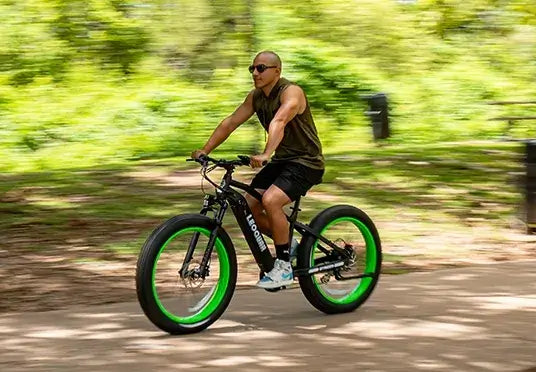
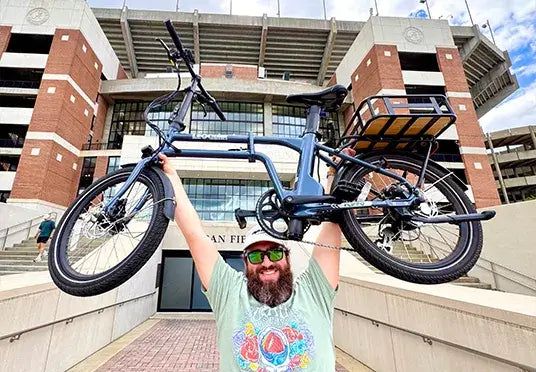



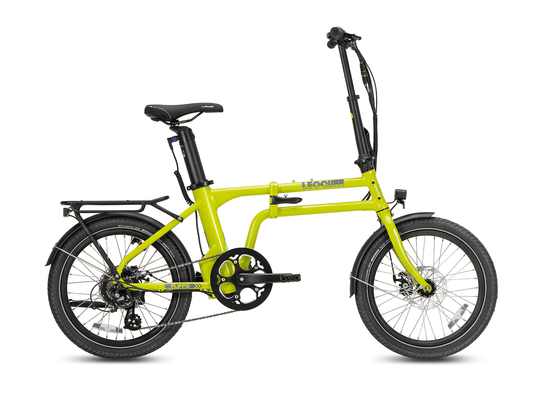
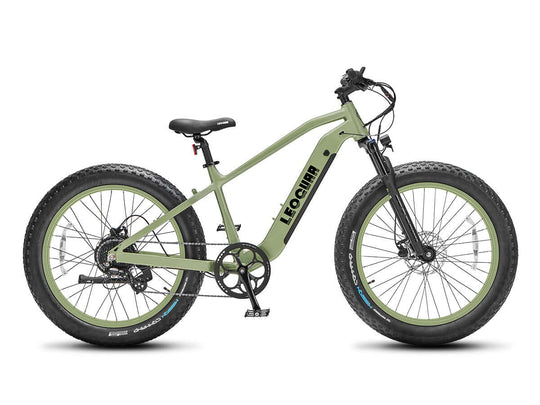
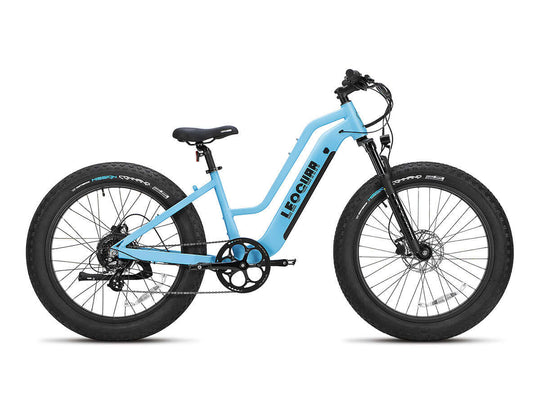
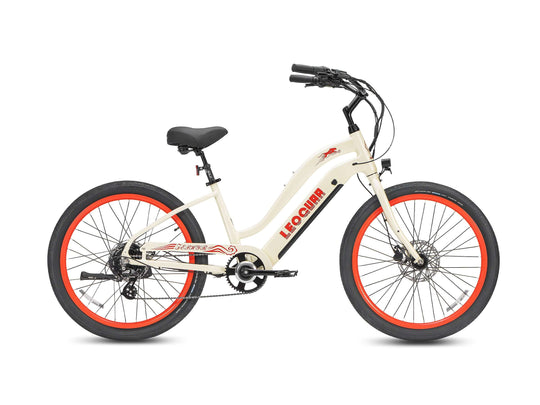
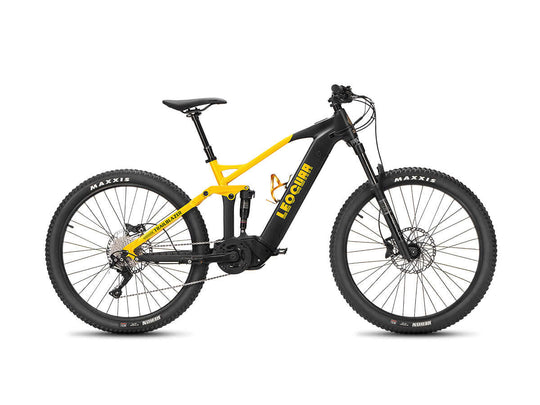
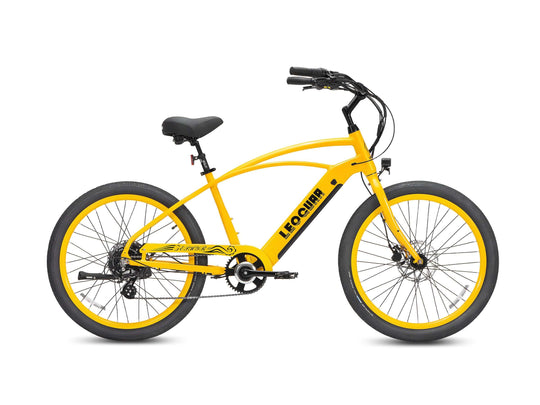
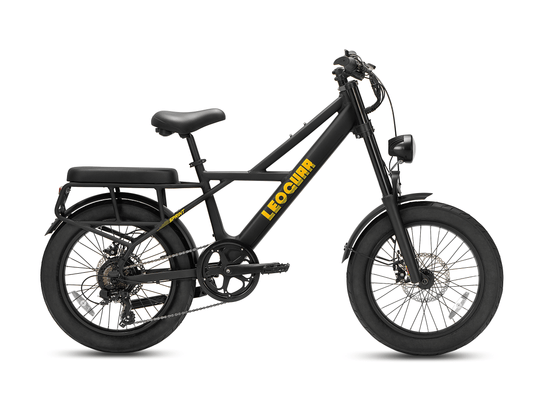
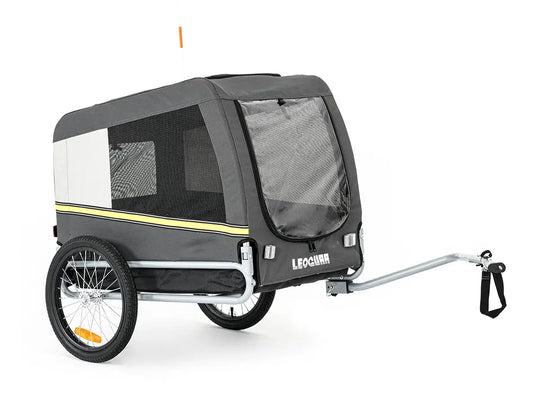

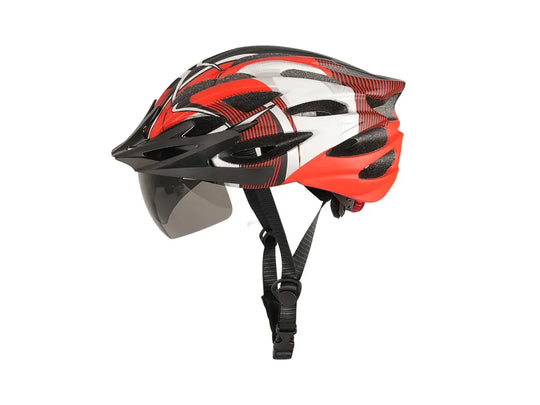
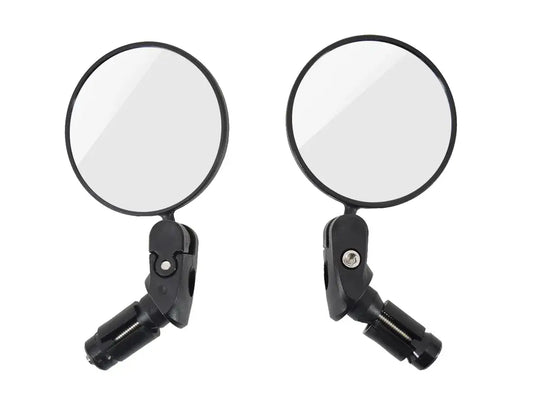

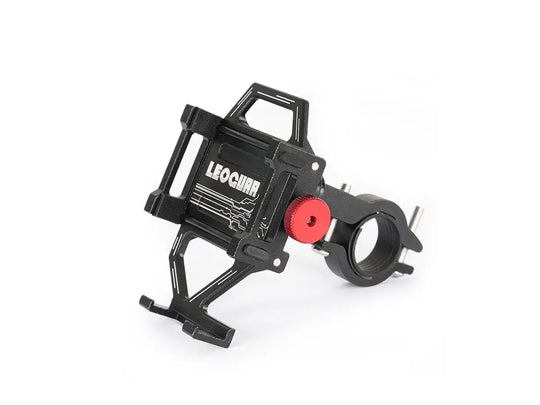

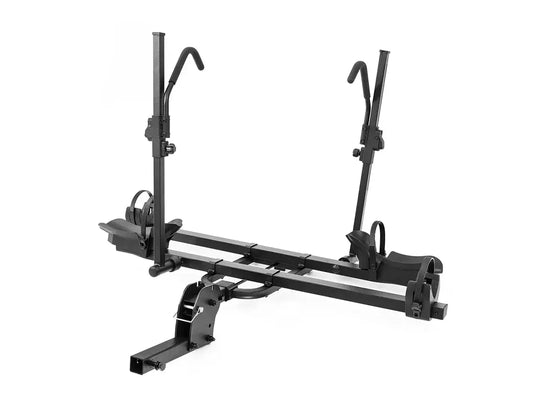
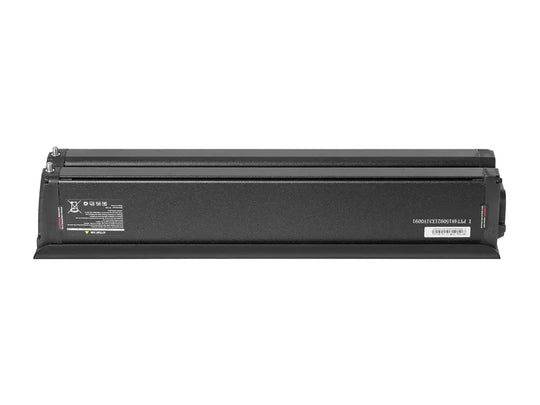
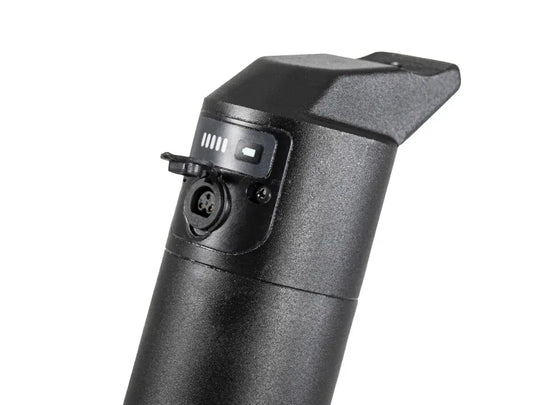
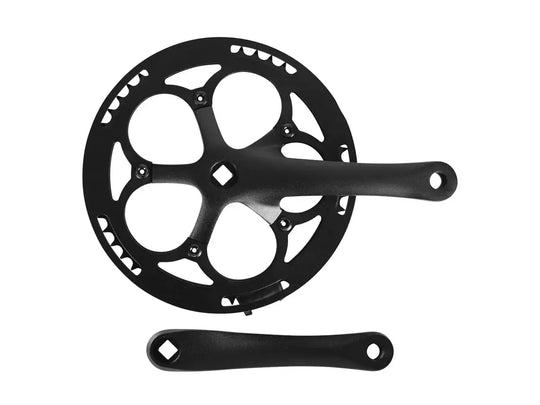
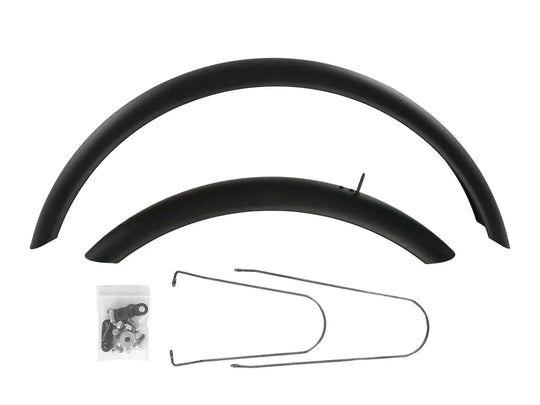
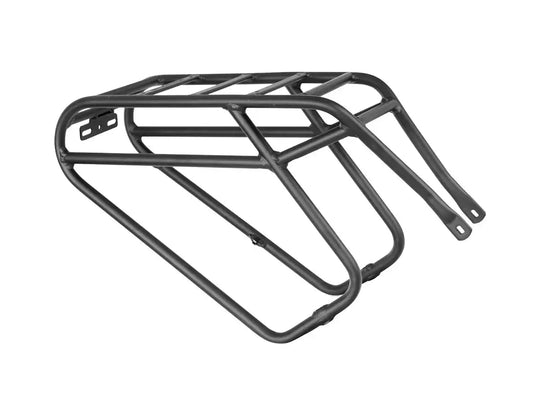
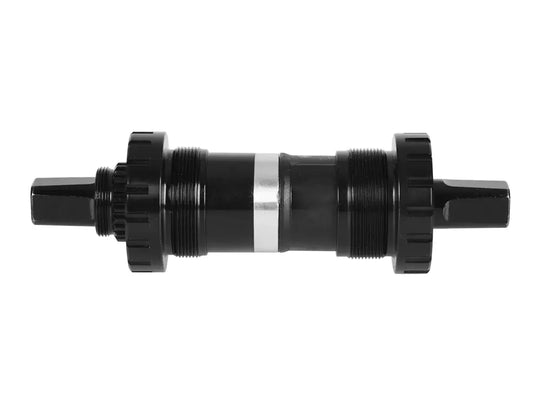

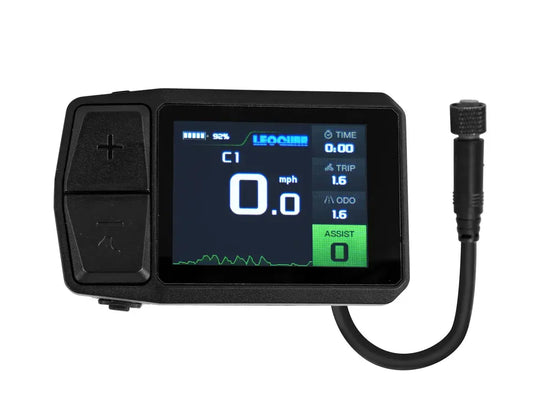
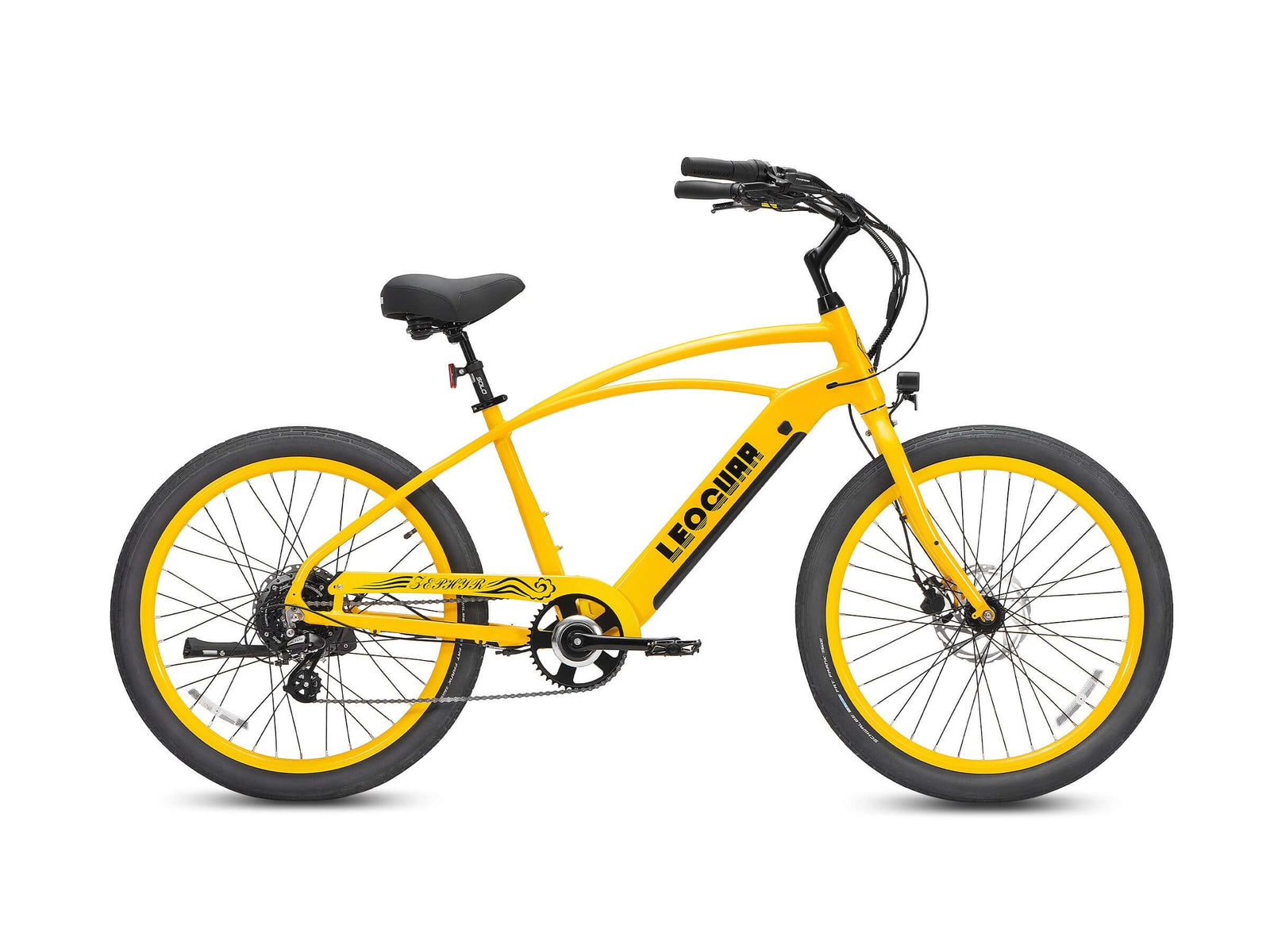







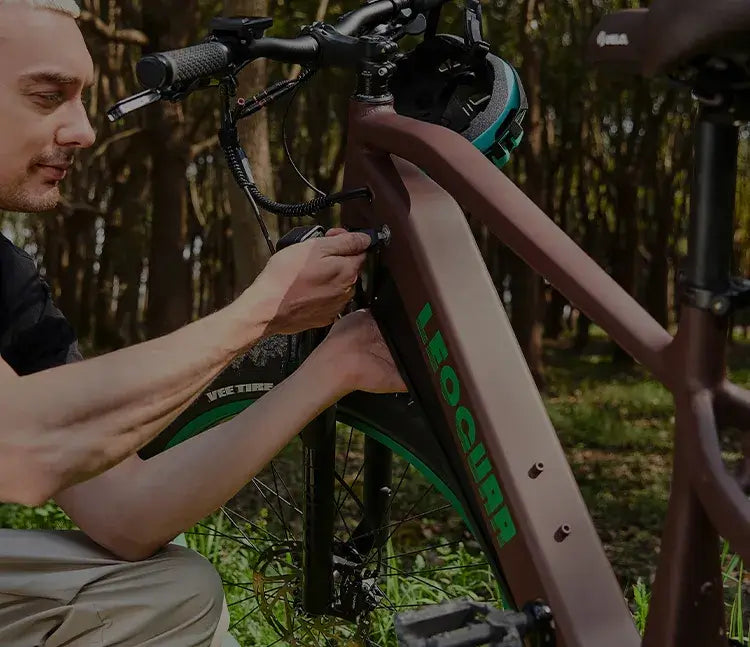
Leave a comment